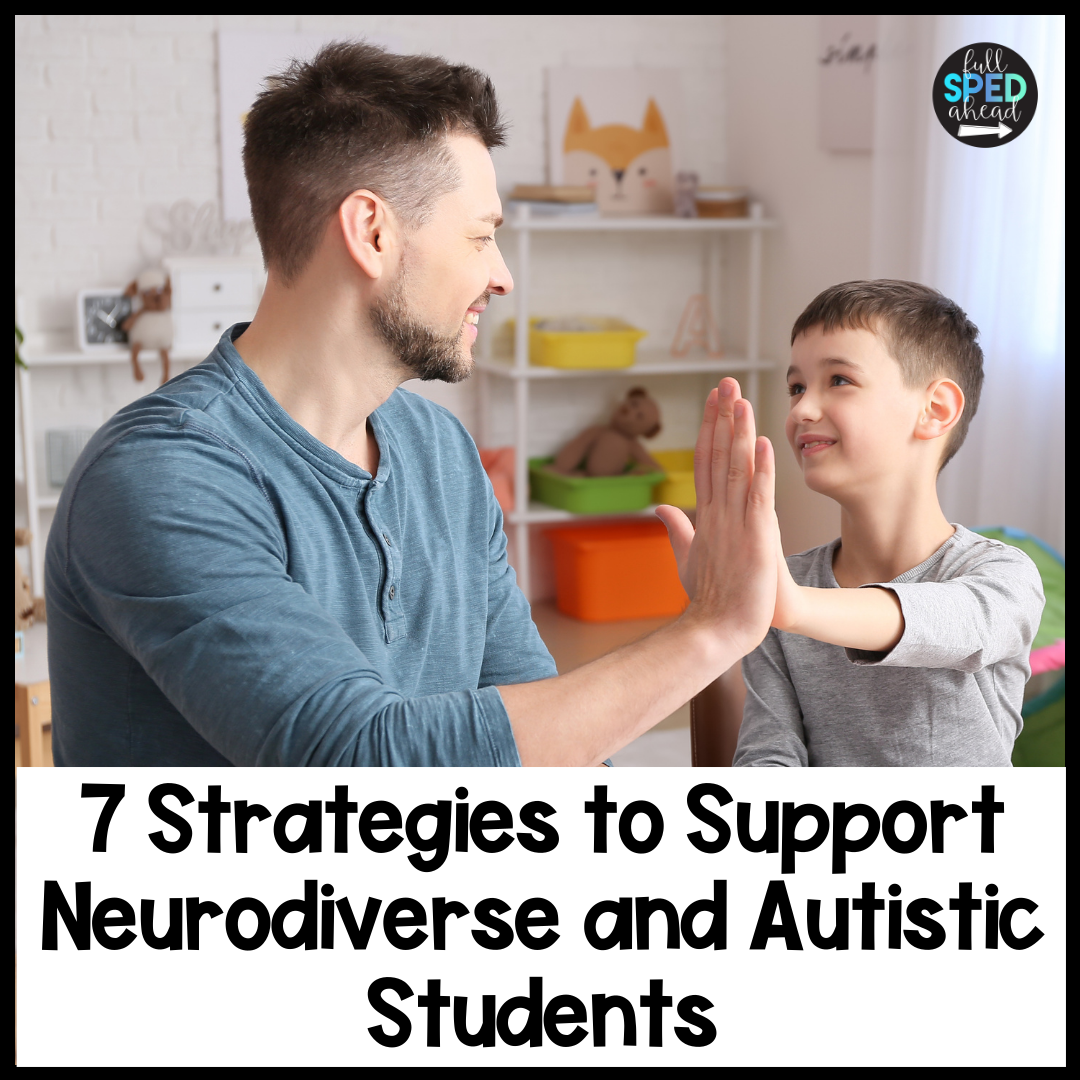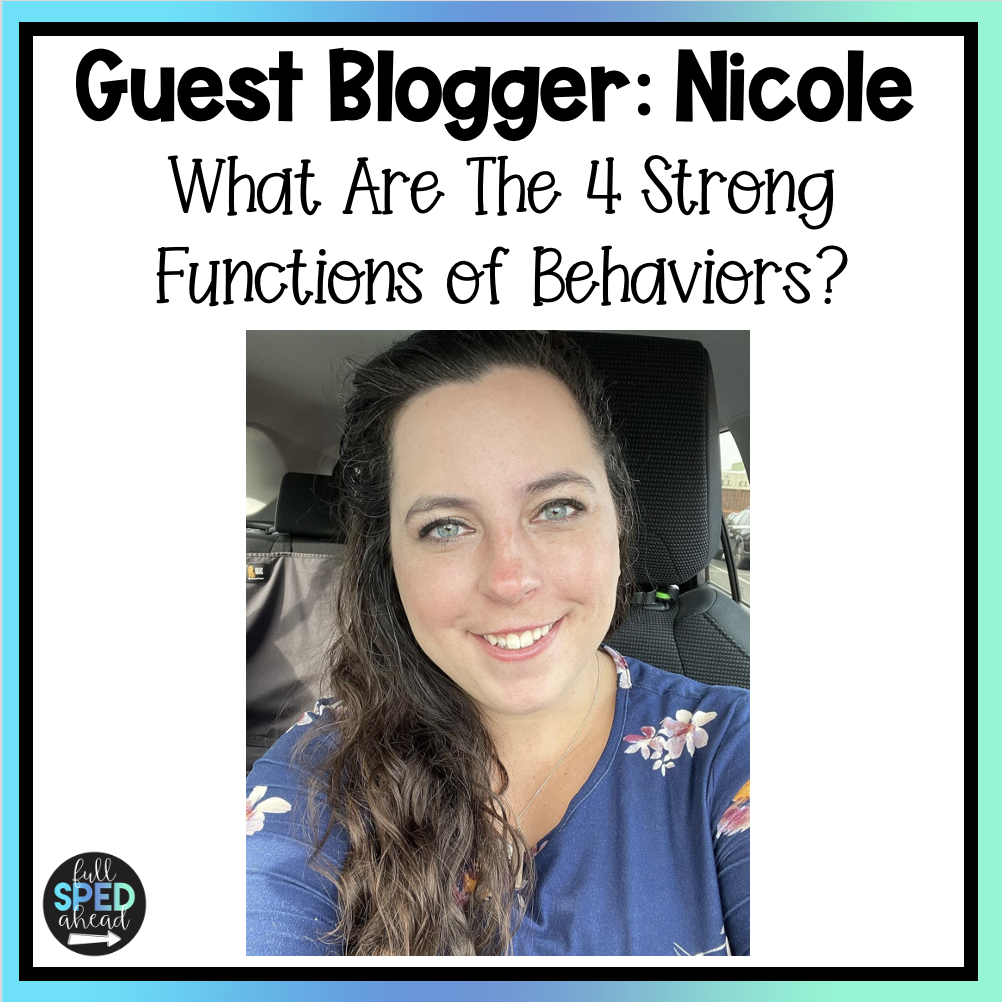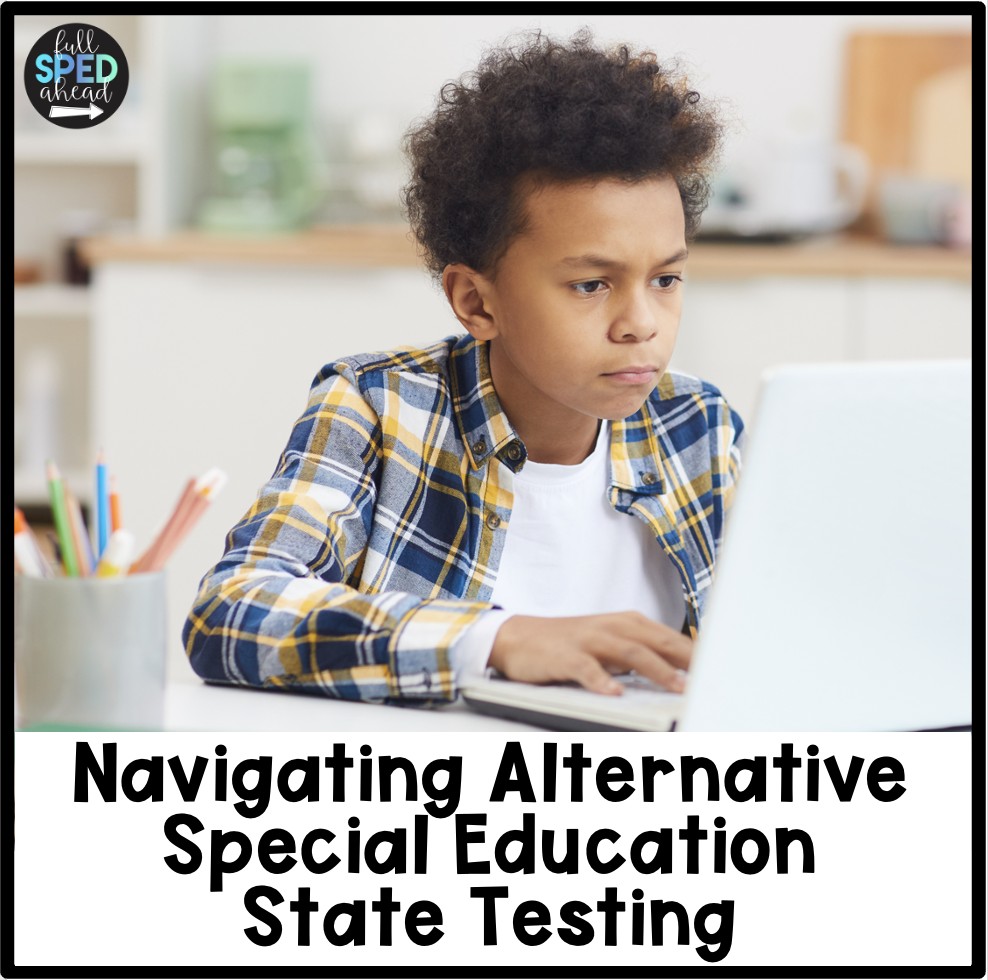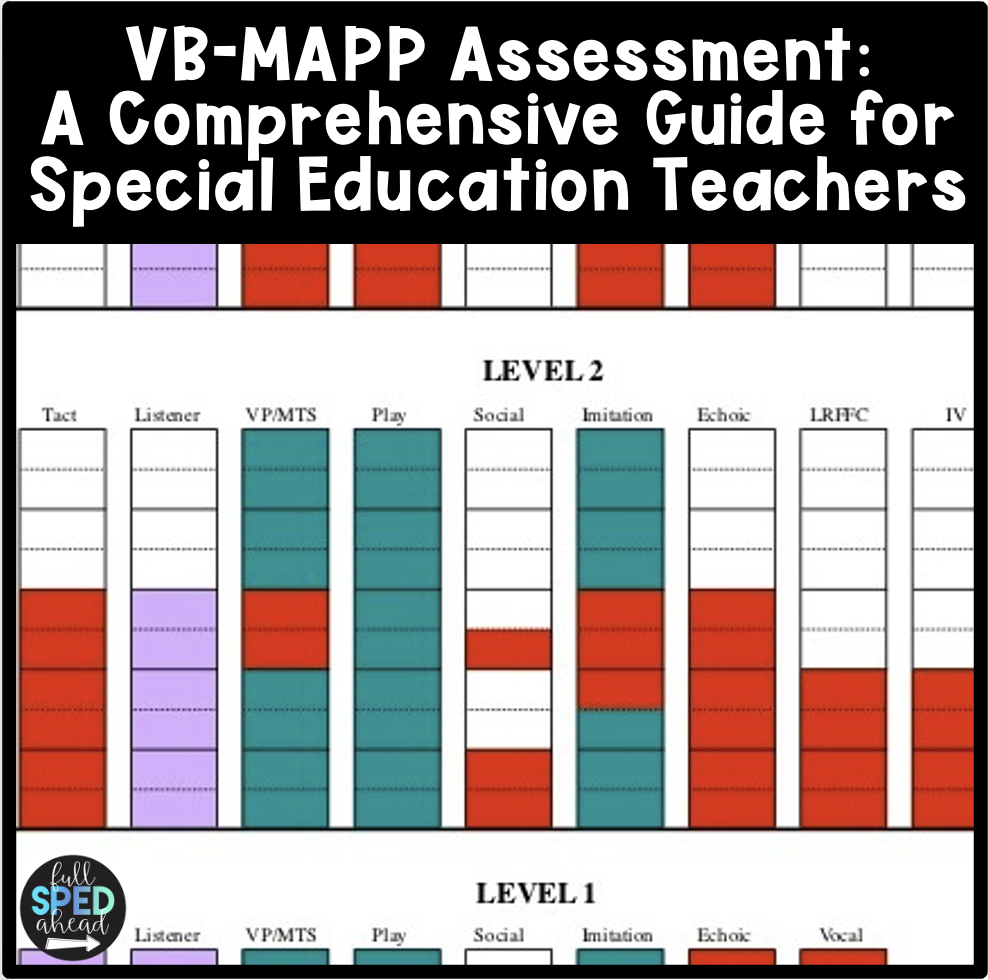
7 Strategies to Support Neurodiverse and Autistic Students
I am not neurodiverse. I am not autistic. This information is being shared from the viewpoint of someone who works in the field and support students with autism spectrum disorder. It is important to listen to autistic students & individuals and respect their requests and the viewpoints of each family you work with.







